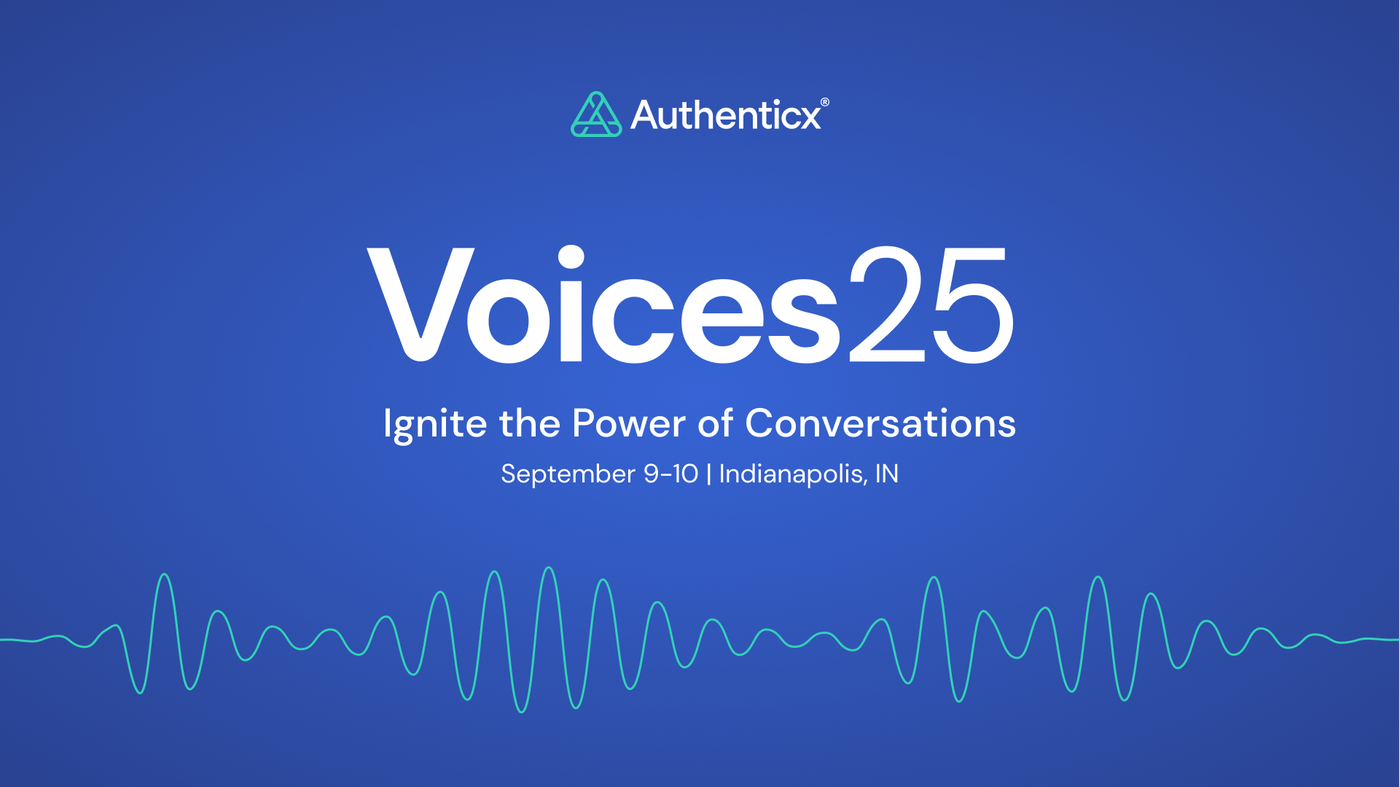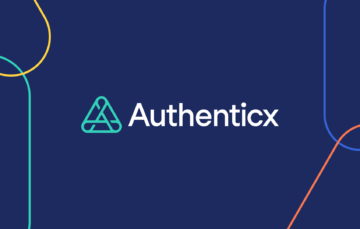
QA (Quality Assurance) feedback is like a report card for customer service—it helps businesses see what’s working and what needs improvement—and QA feedback examples help exemplify how your organization can not only improve call center performance but the entire customer experience. Leveraging AI with a quality scorecard rubric creates opportunities to listen at scale and impactfully match your mission with your goals.
But QA feedback isn’t just about grading agents—it helps fix bigger operational problems. If customers keep calling about the same issue, that’s a sign something needs to change. Identifying customer friction or points of frustration in calls shows where patients feel stuck. This helps healthcare organizations make changes before small problems turn into widespread ones, causing both your resources (your agents and time) and your bottom line (failing to proactively mend issues costs money down the line). Plus, AI-powered tools make it easier to track and analyze QA data, so companies can act faster.
Imagine calling a customer service line with a simple question, only to get transferred three times, put on hold, and still not receive the answer you need. Frustrating, right? That’s exactly the kind of experience businesses want to avoid. QA feedback helps companies catch these issues by reviewing customer interactions and making sure agents are delivering clear, helpful, and efficient service.
The Right QA Feedback Tools for the Right Tasks
With the help of AI-powered QA feedback tools, businesses can analyze thousands of conversations and uncover patterns that lead to negative experiences. In conversational intelligence, QA feedback involves systematically evaluating customer interactions—such as calls, emails, and chat conversations—to assess how well agents adhere to scripts, compliance requirements, and service quality expectations. By leveraging structured evaluation programs, businesses can identify recurring issues, monitor agent performance, and implement necessary coaching strategies to improve customer engagement.
For industries like healthcare, where every conversation can impact a patient’s well-being, QA feedback is even more important. It’s not just about making sure agents follow a script, it’s about understanding what’s causing confusion, frustration, adherence, or delays. The value extends beyond surface-level performance metrics because by analyzing QA scores and trends for action, businesses can pinpoint systemic issues, such as high call volumes caused by unclear policy changes or unresolved customer concerns with a new brand launch. When companies listen to these insights, they can make real changes that improve customer satisfaction and even reduce costs.
QA feedback examples can be found across the industry. With Authenticx, a global biopharmaceutical company wanted to improve their human-to-AI agreement scores. By building a customized scorecard alongside our team of AI experts, they began creating a system of tagging classifiers in their rubric to improve the consistency of scoring from AI and agents. In under a month , they saw:
- 300 calls human-evaluated in three weeks
- A 26% increase in agreement scores in this time
- Their initial agreement score from 63% improved to 89%
In this QA feedback example, it shows the power that quality monitoring in healthcare has in improving business outcomes with team-wide strategy that can impact key industry issues, such as regulatory compliance and customer satisfaction.
By implementing AI-driven QA feedback, organizations can enhance agent training, mitigate compliance risks, and improve key performance indicators such as call resolution rates and customer sentiment. The ability to analyze and act on QA insights in real time provides companies with a competitive advantage, enabling them to create a more responsive and customer-focused experience.
Examples of QA Feedback That Spark Analysis
Real-world QA feedback examples help organizations understand not only the need for AI analysis and intentional listening but also understand the conversations that occur in the call center. Below, we share five (5) examples of QA feedback that may be happening everyday in your call center, intentionally or not.
1. Missed Personal Connection
Customer: “Hi, I’m trying to figure out if my medication is covered by my insurance.”
Agent: “Okay, let me check.” [Long pause] “No, it’s not covered.”
QA Feedback Insights: The agent didn’t greet the customer warmly or show empathy. A simple, “I understand how important this is for you. Let me take a look,” could improve engagement and trust.
2. Lack of Clear Communication
Customer: “I keep getting different answers about my billing statement. Can you explain this charge?”
Agent: “Um, well, it looks like… I think this might be from your last visit? Or maybe a lab fee. I’m not sure.”
QA Feedback Insights: The agent’s uncertainty could increase customer frustration. Providing proper training on billing policies or using AI-powered call insights could help agents give clear, confident answers by providing the right resources for the agent on call.
3. Compliance Issues
Customer: “Can you just email me my test results?”
Agent: “Sure, I’ll send them right now.”
QA Feedback Insights: The agent failed to follow HIPAA regulations, which require secure methods for sharing patient data. A better response would be, “For privacy reasons, we can’t email results directly, but I can guide you on how to access them securely.”
4. Missed Opportunity for Resolution
Customer: “I’ve called three times about my prescription, and no one has helped.”
Agent: “I see that. Is there anything else I can help with today?”
QA Feedback Insights: The agent didn’t take ownership of the issue. Instead, they should have acknowledged the frustration and provided a solution: “I’m so sorry for the trouble. Let me personally make sure this gets resolved right now.”
5. Inefficient Call Handling
Customer: “I just need to reschedule my appointment.”
Agent: “Okay, I’ll need to transfer you to another department.”
[Hold music…]
QA Feedback Insights: Unnecessary transfers frustrate customers. A better approach might be empowering agents with the right tools or training to handle simple requests without sending customers in circles. Another good step would be to establish a call tree that clears confusion for both your call center agents and your customers.
These are just a few examples of how QA feedback can highlight areas for improvement. With AI-driven solutions, such as the Authenticx Quality Solution, your organization can automatically track these patterns, coach agents effectively, and create a smoother customer experience.

Types of Quality Assurance Feedback
There are several types of quality assurance feedback that help organizations evaluate and improve customer interactions. Each type focuses on different aspects of communication, compliance, and performance. From performance-based and CX feedback to sentiment analysis and coaching feedback, all feedback types bring their own unique goals and outcomes. We’ll go over performance-based reviews, call center coaching, and how QA feedback can result in two-way feedback and a feedback loop.
Performance Reviews from QA Feedback
Performance reviews, or performance-based feedback, focuses on how well agents handle conversations, including their tone, clarity, and effectiveness. This can show up as a lack of active listening, providing inconsistent information, or a failure to provide next steps. Questions to ask for performance-based feedback include:
- Did the agent actively listen without interrupting the customer?
- Was the customer given an opportunity to ask follow-up questions?
- Did the agent summarize the next steps before ending the call?
- How could the agent improve in ensuring issue resolution?
Call Center Coaching from QA Feedback
Call center coaching feedback, or agent coaching and training, helps agents improve over time by identifying knowledge gaps or skill development areas. Areas for improvement in agent coaching and training can be identified by understanding how empathetic agents are, how difficult conversations are handled, and how problem-solving is practiced. Questions to ask for call center coaching feedback include:
- Does the agent need more training on handling objections or explaining billing details?
- Did the agent use empathetic language to acknowledge the customer’s emotions?
- How can the agent better manage their tone and pace when handling difficult calls?
- How can we empower agents to take more ownership of customer issues?
Leading with Two-way Feedback
Two-way feedback means that both agents and managers actively participate in the feedback process. Instead of just receiving a performance review, agents have the opportunity to respond, ask questions, and discuss their evaluation.
But why would you want to practice this feedback process?
This type of feedback evaluation creates a more collaborative and engaging approach to improving service quality. In healthcare organizations, where accuracy, compliance, and patient experience are critical, two-way feedback ensures that agents understand expectations while also providing insights on challenges they face in real interactions.
Not only does two-way feedback enhance the employee experience in your organization, but it encourages better training processes, adherence to compliance and regulatory guidance, employee retention and engagement throughout the enterprise, and it gives leaders the opportunity to hear front-line conversations and situations for stronger decision-making. Feedback loops are continuous cycles of evaluating, providing feedback, making improvements, and re-evaluating performance to enhance customer interactions and service quality. In QA feedback, this “loop” ensures that feedback is not just a one-time review but an ongoing process that leads to real improvements in agent performance, compliance, and customer satisfaction—leading to a more intentional, more proactive analysis for your organization’s quality. Following a process is key to creating a healthy feedback loop that is built on continuous improvements. Here are four (4) steps to build a feedback loop:
- Evaluation: Customer interactions (calls, emails, chats) are reviewed based on specific criteria such as script adherence, compliance, tone, and resolution effectiveness.
- Feedback: QA leaders provide agents with performance assessments, highlighting strengths and areas for improvement.
- Coaching: Agents receive training, coaching, or corrective measures based on feedback to improve their skills and service quality.
- Re-evaluation: After implementing feedback, new interactions are analyzed to measure progress and determine if improvements have been made. The cycle then repeats for continuous optimization.
According to the Journal of Emergency Dispatch, other steps of this type of feedback can be applied in either an improvement or recognition performance formula. Two-way feedback transforms QA from a top-down evaluation into an interactive, growth-focused feedback loop that spurs culture of continuous improvement. In the high-stakes world of healthcare, this approach ensures that both agents and organizations are aligned in delivering accurate, compliant, and patient-centered service.
What is QA Feedback with Authenticx?
Authenticx goes beyond traditional quality assurance by using AI-powered insights to evaluate healthcare conversations at scale. Instead of relying on manual reviews of a limited number of calls, Authenticx automates the process—analyzing calls, chats, and emails to surface trends, compliance risks, and agent performance metrics. This allows your organization to gain a deeper, more actionable understanding of patient and member interactions. Your QA feedback examples become your call center and hub vendor data insight goldmine.
You no longer have to guess what’s working and what’s not in your patient support services, call center, and hub vendor operations. The Authenticx Quality Solution provides a structured, data-driven approach to evaluating interactions, ensuring that agents deliver high-quality, compliant, and empathetic support. By identifying recurring issues and friction points, organizations can improve training programs, refine call scripts, and make process changes that lead to better patient experiences. With Authenticx, you can improve your QA with these features:
- Automated evaluations to improve QA efficiency: Provide context with customizable, nuanced scoring to improve contact center insights with machine learning built specifically for healthcare.
- Comprehensive agent performance reporting: Automate the evaluation, scoring, and reporting of agent performance to improve the frequency and relevancy of feedback given to agents with AI-assisted coaching notes.
- Provide agents with critical context: Leverage conversations to understand trends, source issues, and drill down into specific context with generative AI tools.
- Build high-impact training scenarios with a montage builder: Capture and share audio montages that highlight the positive impact agents have and build a library for efficient, effective onboarding and drive a seamless customer experience.
Are you ready to transform how your healthcare organization approaches QA feedback? Authenticx can help you automate quality management, surface critical insights, and drive meaningful improvements in patient and member experiences. Take a self-guided tour of our Quality Solution to see how our AI-powered platform can revolutionize your QA processes.

About Authenticx
Authenticx was founded to analyze and activate customer interaction data at scale. Why? We wanted to reveal transformational opportunities in healthcare. We are on a mission to help humans understand humans. With a combined 100+ years of leadership experience in pharma, payer, and healthcare organizations, we know first-hand the challenges and opportunities that our clients face because we’ve been in your shoes. In 2023, Authenticx was ranked No. 349 on the Inc. 5000 recognized as one of America and Indiana’s fastest-growing private companies.
Want to learn more? Contact us!
Or connect with us on social! LinkedIn | Facebook | Instagram | YouTube


